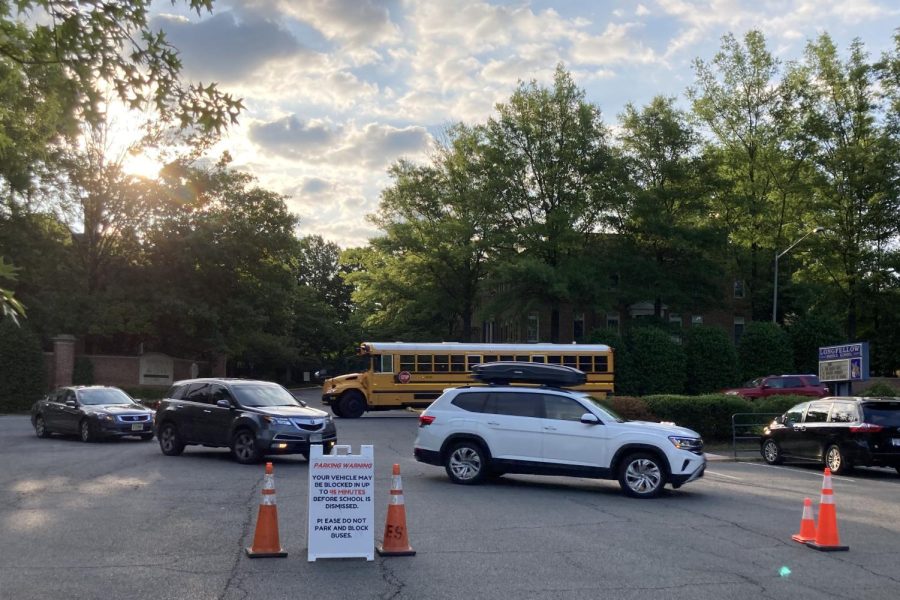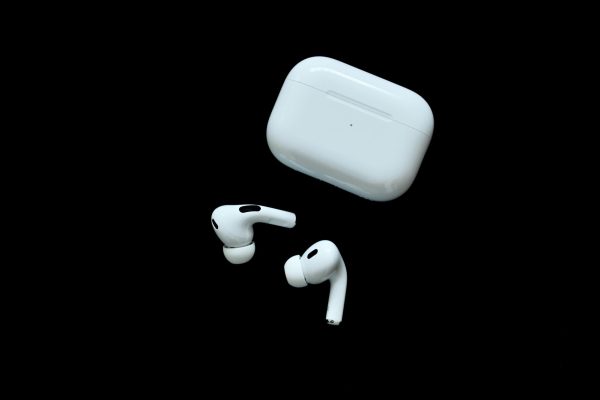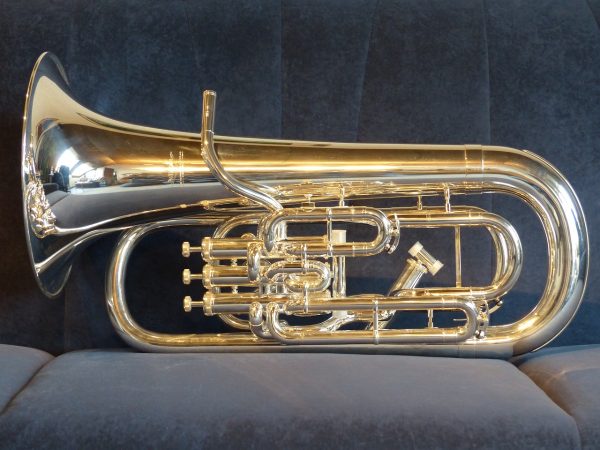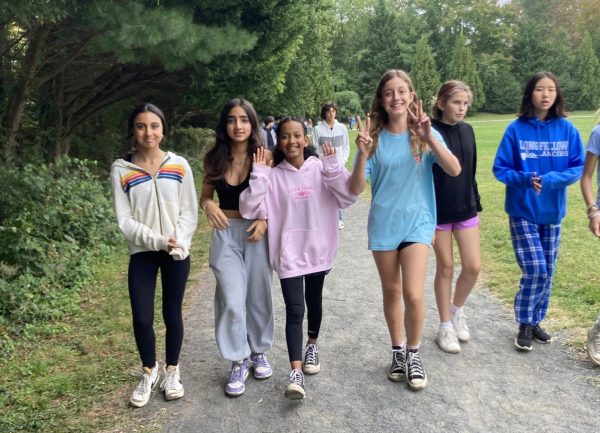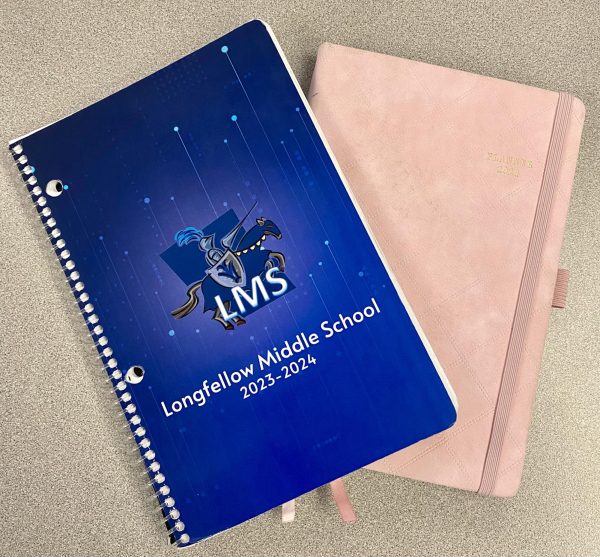Opinion: No Resolution in Sight for LMS Traffic Snares
THIS IS A STUDENT EDITORIAL AND DOES NOT NECESSARILY REFLECT THE OPINION OF THE LONGFELLOW ADMINISTRATION
Every morning, buses, parents, and staff play a complicated game of Twister trying to get everyone into the building in a timely manner. The reasons for this situation are varied and complicated.
First, it’s hard for most people to wake up super early in the morning to get to school early, especially for middle schoolers. To get to school on time, students need to wake up between 5 and 6 in order to eat breakfast and leave the house by 7:00 AM, earlier if they are riding a bus.
Teachers need to get up even earlier to be in the building by 7:15, and many of them come from far away. Coming in earlier to avoid the traffic is just not an option.
Officer Horan shows up around 7 am and spends the morning monitoring traffic in the parking lot.
“I would say the busiest time for traffic is probably about 715 to 725,” said Horan. “that’s when you have all the buses and all the cars coming together out front.”
One of the main challenges is separating the buses, staff, and Kiss & Ride. Though the buses are routed to the front parking lot, and the kiss & ride around to the back, there is only one entrance, causing traffic to back up around the corner and down the block.
Then, when the buses leave the parking lot, the Kiss & Ride traffic is stopped until they have passed, leaving the cars to back up further.
Officer Horan is there to help, but he doesn’t work for the school or make decisions about the traffic flow. But he is an observer and actively helps to move the traffic through.
“It is a very difficult thing to set up here because of the layout of the parking lot,” he said. “So if there was a way to make it smoother for everybody to get in and out, that is the biggest challenge for everybody.”
The one entrance needs to accommodate cars from both directions, causing a situation perfect for fender benders. The buses often skirt the line and cut across cars waiting their turn. Though nobody wants to be stuck in traffic, and the buses usually have other routes to drive, this seems like a dangerous way to solve the problem.
“I’m sure a lot of [parents] want to get out of the line quickly and get on with their day,” Horan said. “I know a lot of people kind of bend the rules and get creative. So far, everybody has made it safely, but all it’s going to take is one person.”
This might seem very complicated, but there’s more. The police patrols that stand at Kirby and Westmoreland stop traffic to let students cross. While it is needed for the safety of the walkers, it slows the cars down even more. The parents, meanwhile, find creative ways to avoid the traffic, like letting their kids out of the car on the sidewalk.
“There’s so much going on,” said Horan. “There’s just a lot of area to cover.”
Student safety is always the number one concern, according to Horan. For instance, after two different incidents where students tried to cross Westmoreland in front of the school unsuccessfully (they had run-ins with cars), a crosswalk was put in to help solve that problem.
But monitoring safety can be a difficult job.
“We kind of have to balance between people getting through safely, making decisions, and following the rules and the laws,” said Horan. “Sometimes we have to select what we can effectively enforce.”
Other schools solve the issue by, for example, using two sides of the school, front and back. Front for the kiss & ride, and the back for buses. In this scenario, buses can have assigned spots, making it easier for students to find their bus after school.
This solution would require some major construction, and we would likely lose the basketball courts, but it could reduce traffic and delays, improving student attendance.
It’s not likely to happen any time soon, though. As Officer Horan pointed out, “Sometimes we’re stuck with what we have.”


